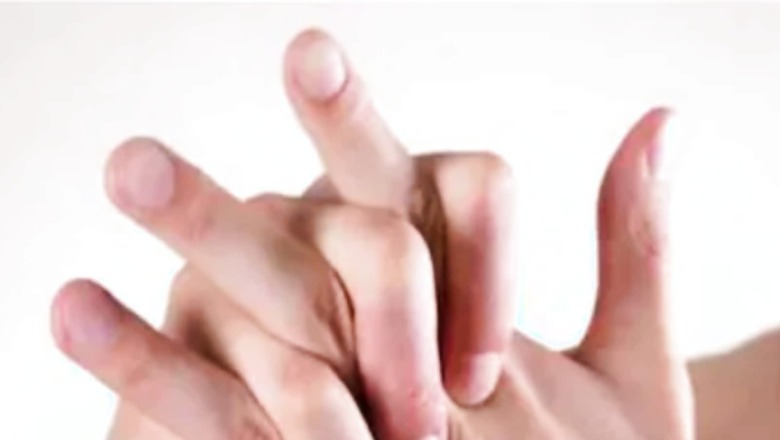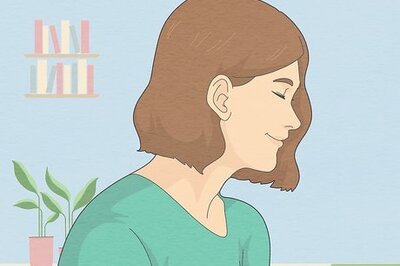
views
Monsoon may signal respite from the sweltering heat, but for some patients with arthritis, it means the return of joint pains. Arthritis is a medical condition in which the patient suffers from inflammation of the joints. The symptoms of arthritis include stiffness and joint pain. There is a significant number of arthritis patients who say that their pain is affected by the weather. They feel more pain in cold, rainy weather than in warm, and dry weather.
Patients with arthritis feel worsening symptoms before and during rainy days. A drop in atmospheric pressure often precedes cold, rainy weather and this may cause already inflamed tissue to expand, leading to increased pain. Speaking to Healthline, Elaine Husni, a rheumatologist at the Cleveland Clinic, says weather does not cause arthritis or make it worse, but it can temporarily cause it to hurt more.
So how can you manage the increase in pain during the monsoon season? Let us take a look at some solutions:
- AcupunctureAccording to Arthritis.org this treatment derived from Chinese ancient medicine is helpful for osteoarthritis, fibromyalgia, low back pain, neck and shoulder pain, bursitis, carpal tunnel syndrome. This treatment involves inserting thin, small needles through the skin at specific acupoints on the body. It is designed to stimulate nerves, muscles and connective tissue, improve blood flow and activate the body’s natural painkillers.
- Weight LossTaking note of your weight and diet will also help relieve the arthritis pain that can increase during monsoons. Maintaining a healthy weight by combining a balanced diet with regular physical activity will maintain your condition. Make sure you include fruits, vegetables, lean protein, low-fat dairy and whole grains in your diet.
- Tai ChiArthritis.org recommends following this Chinese practice that includes gentle flowing movements, deep breathing and meditation. Tai Chi has been shown to not only reduce joint pain, but also improve range of motion and function.
- MassageUnder proper medical consultation, massage can also work wonders for your condition. However, it should be noted that massage may not be as helpful during a very active flare when joints are especially tender and sensitive.
Read all the Latest Lifestyle News here



















Comments
0 comment